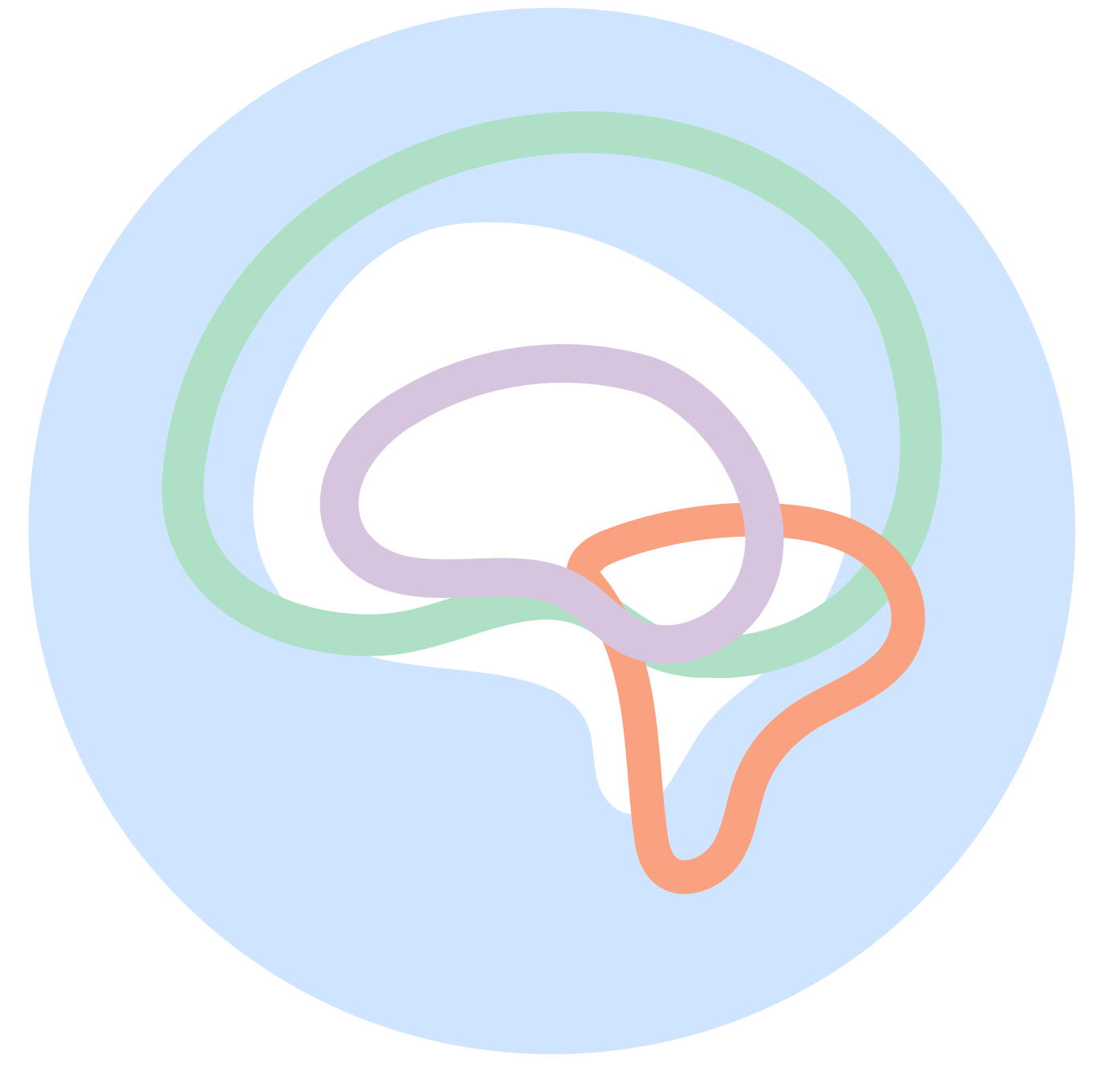Declutter your mind in December: Relieve stress and the New Year with peace
For teenagers, the years of youth are an important time to explore oneself, grow, and challenge new limits. Each passing year is a step forward, but it also presents an opportunity to pause, reflect, and prepare for the journey ahead. As 2024 comes to a close, this is the perfect time to declutter your mind, reflect on what has been, and set your spirit ready for a new year full of challenges and opportunities.
Here are 4 suggested activities that can help you look back on the journey of 2024 and plan for 2025 with a positive and renewed mindset.
1. Activity: The Emotion Tree
Goal: Recognize, categorize, and express your emotions through the imagery of a tree.
Step 1: Prepare a drawing paper, pencil, and colored pens or pencils.
Step 2: Draw a large tree in the center of the page. This tree will represent your "Emotion Tree".
Step 3: Draw the trunk to symbolize the core emotions or overall states you’ve been experiencing (e.g., peace, anxiety, happiness). Draw branches that represent events, relationships, or situations in your life that have influenced your emotions.
Step 4: Draw small leaves or fruits on the tree, each representing a specific emotion (e.g., anger, joy, disappointment…). Use different colors to reflect the intensity and strength of that emotion.
Step 5: Reflect on your emotion tree and think about the emotions you are going through. Note any emotions that need to be changed or actions you can take to improve your mood in the future.
2. Activity: Emotion Journal
Goal: Increase self-awareness and explore personal emotions through writing.
Step 1: Prepare a notebook or paper and a pen.
Step 2: Set aside a few minutes each day to write a short journal entry describing your emotions for that day. You can write about events, relationships, or simply your current mental state.
Step 3: Each time you write, ask yourself questions like: “How do I feel today?” or “Why do I feel this way?”
Step 4: After writing, reread what you’ve written and reflect: “What in my life makes me happy or sad?” or “Is there anything I haven’t faced in my emotions?”
Step 5: If possible, write about ways to improve your mood for the next day. Set small goals to uplift your spirits and maintain a habit of self-awareness.
3. Activity: Create a Figure from Clay (or Colored Powder)
Goal: Express emotions and reflect through physical representations, helping release and clarify emotions that are hard to express in words.
Step 1: Prepare clay, colored powder, or any materials you have for creating. You can also use easy-to-find materials like paper, wool, fabric, or wood.
Step 2: Ask yourself: “What is my current emotion? What shape, color, or size does this emotion have?”
Step 3: Create a figure (it can be a human figure, object, or abstract shape) to represent that emotion. For example, if you're feeling stressed, you might create a compact figure with crumpled surfaces. If you're feeling relieved, you might form a smooth, round shape.
Step 4: After creating your figure, reflect on its message. “What does this figure say about my emotion?”
Step 5: If possible, continue to create other figures to reflect any changes in your emotions or mental state throughout the process.
4. Activity: Create a "Time Collage"
Goal: Use the collage technique to create a visual summary of significant events, emotions, and experiences from the past year. This activity helps you reflect on your journey throughout the year, recognize memorable moments, and learn from them.
Step 1: Gather materials: paper, scissors, tape, a pen, and images (these can be cut from magazines, newspapers, or printed from the internet) that you feel are related to events, emotions, or activities from the past year.
Step 2: Take time to reflect on the past year. Ask yourself: “What made me happy this year?” “What made me anxious or disappointed?” “What major changes have happened in my life?”
Step 3: Cut out images, words, or symbols that represent the events and emotions from the past year. These images can be illustrations of travels, relationships, work, hobbies, or special moments.
Step 4: Begin gluing these images onto a large sheet of paper or cardboard to create your collage. Arrange them either chronologically, from the beginning to the end of the year, or by emotional themes such as “joy,” “challenges,” “learning,” or “memories.”
Step 5: After finishing your collage, take time to observe it and reflect. Ask yourself: “What does this collage say about my year?” and “Is there anything I want to change or continue in the next year?”
Step 6: Write a short summary under the collage or on a separate sheet about the lessons you’ve learned over the past year and your goals for the upcoming year. This will help you have a clearer vision of your personal development path.
Remember, after truly reflecting on your journey through 2024, send yourself some warm hugs, and I believe you’ve done wonderfully. I also believe that you will continue to get even better each and every day in the new year. Forgive yourself and continue giving yourself the chance to move forward. 🌟




